For more than 80 years, a massive Lutheran healthcare center operated in North Omaha. Started in 1887 by Rev. Erik A. Foglestrom, the original location eventually included a large hospital, nursing school, a retirement home and more. When the campus closed in 1974, there were 17 buildings associated with the institute. This is a history of North Omaha’s Immanuel Deaconess Institute, including Immanuel Hospital and much more.
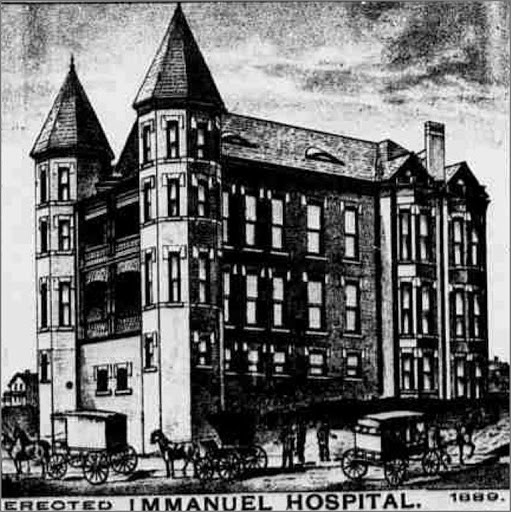
1887: Immanuel Launches

In 1879, the Rev. Erik Alfred (E.A.) Fogelstrom came to Nebraska to serve the Swedish population in Omaha as pastor of Immanuel Lutheran Church. After touring Europe and visiting Christian hospitals there, Fogelstrom thought consecrated deacons and deaconesses would be useful in new American Lutheranism. His belief was pioneering in the United States, and Omaha was the focus of his action.
His vision included building a medical institution to serve the growing population of North Omaha. On October 8, 1887, Pastor Fogelstrom and others organized the Evangelical Lutheran Immanuel Association for Works for Charity. Originally buying twelve lots in the Monmouth Park neighborhood, the institution expanded greatly over the next 80+ years.
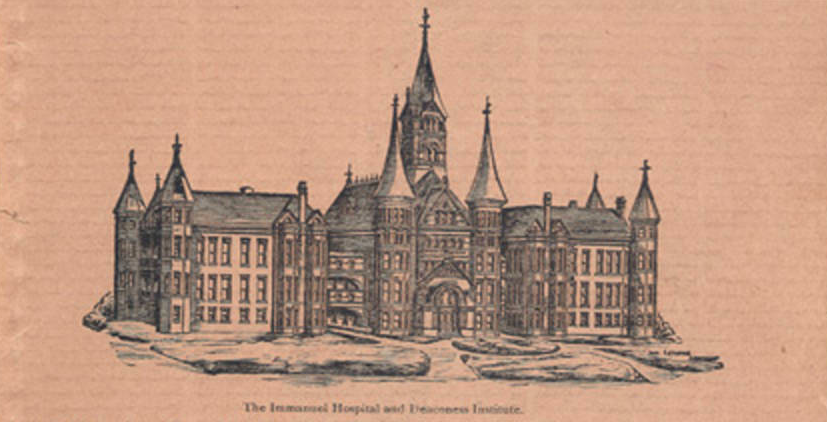
Pastor Fogelstrom created Immanuel Hospital and Deaconess Mother House in Omaha in 1890. After sending women to Philadelphia and Sweden for training as deaconesses, Fogelstrom was determined the engage his Omaha congregation in this work. The Institute served this purpose for more than 75 years.
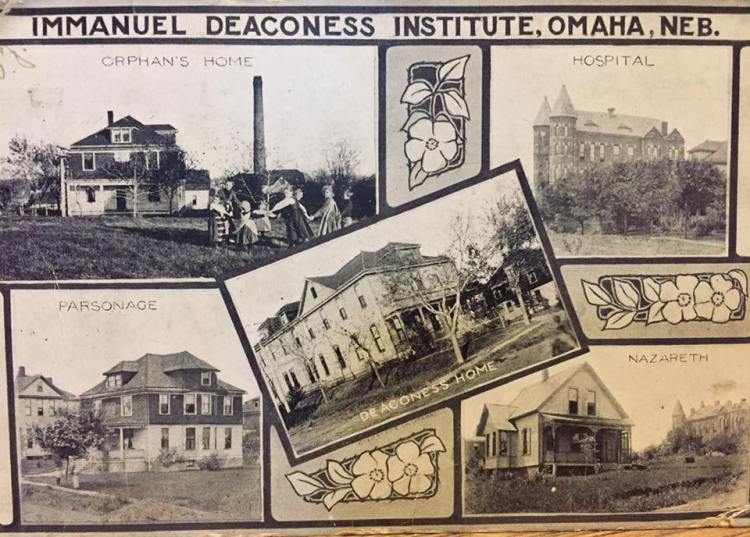
The first step was for the Lutheran Church to serve the old and infirm of the community. Concerned primarily with the Scandinavian and German immigrants in the area, the church located land at N. 34th and Fowler Streets. The Immanuel Deaconess Home for the aged and infirm was opened by 1890 in North Omaha.
By 1891, the hospital was completed and the first four deaconesses began their work at the hospital. There was also a Immanuel Children’s Home built in 1901.

1910: First Major Expansion
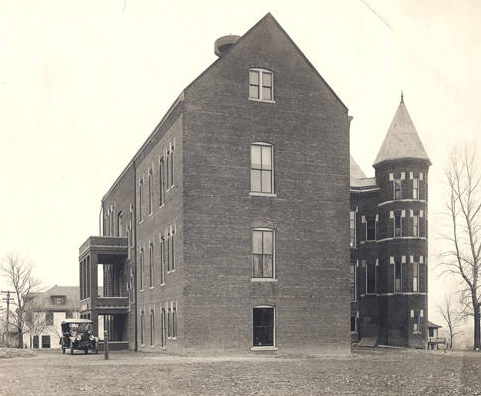
The community‘s needs outpaced the first hospital, located at 36th and Meredith, and a new hospital was opened in 1910 in the same area. The original building became the Nazareth Home, which served people who were elderly and those who had severe disabilities.
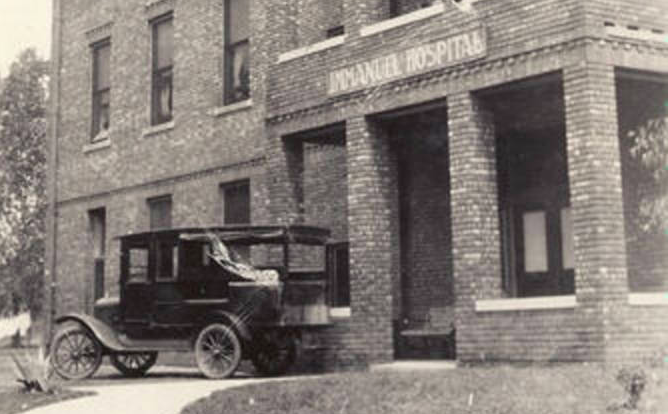
The Immanuel Children’s Home was built in 1901 housed 21 girls and 16 boys. It was also called the Home for Children and Child Placement. A second house was built in the 1920s for older children and was called the Bethlehem Children’s Home.
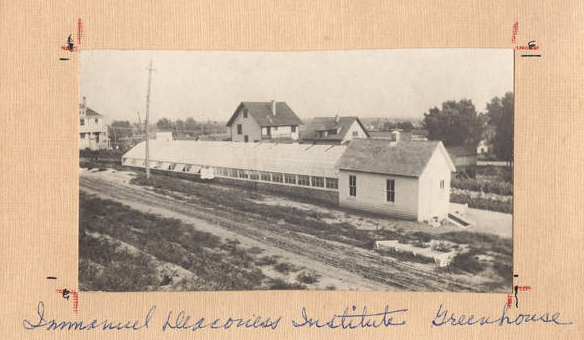
By 1922, the Immanuel institution operated several individual facilities:
- Immanuel Deaconess Institute
- Immanuel Hospital
- Bethlehem / Immanuel Children’s Home
- Nazareth Home for the Aged Invalid
Each of these has their own history, as well as the collective history of the entire institution.
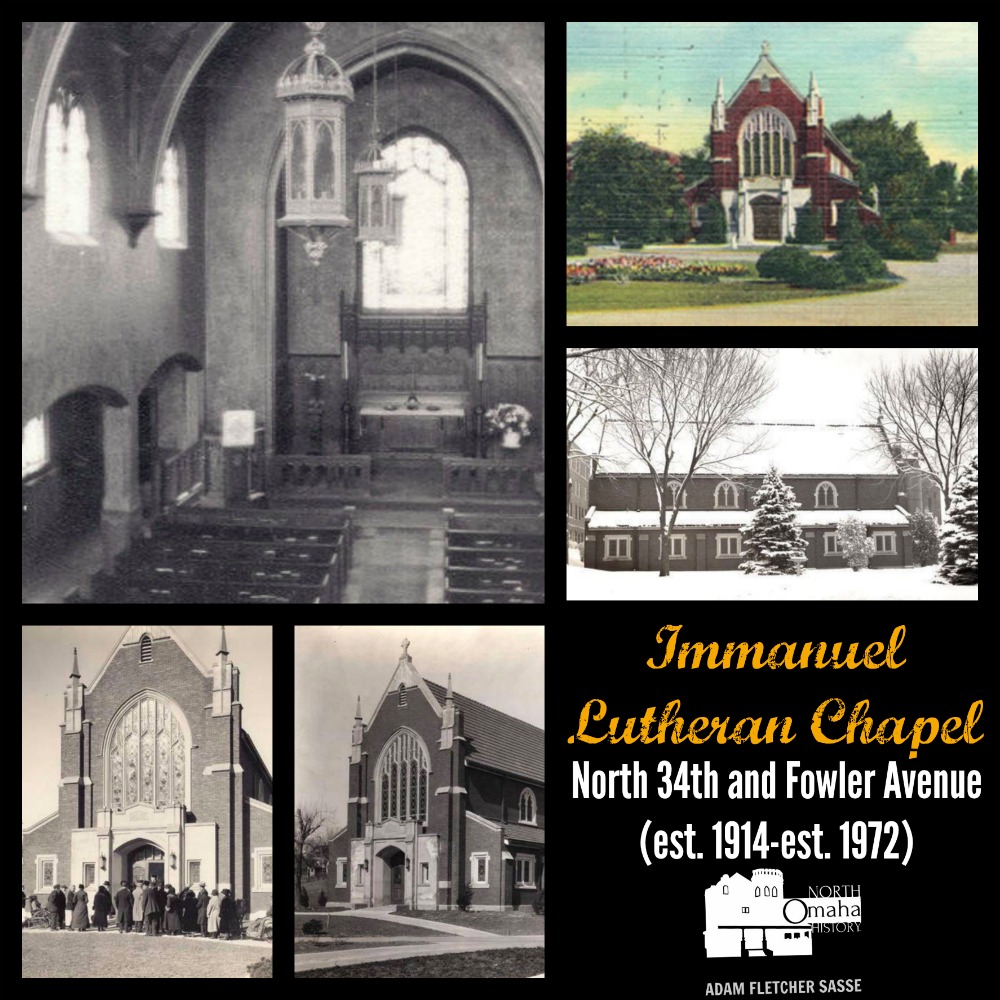
During this era, the Immanuel Chapel was also built. A Lutheran church, it was ministered by Pastor Fogelstrom, and stayed open through the life of the Immanuel Deaconess Institute.

1922: Second Major Expansion
The need for hospital beds continued to grow and a third hospital was opened on the 36th and Meredith site in 1926. The first two buildings were remodeled and services for the elderly and those with disabilities were expanded.
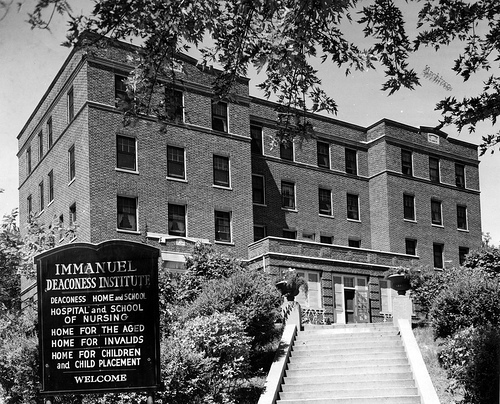
Throughout all these years, the Immanuel Deaconess Institute and Hospital maintained its identity as a Swedish institution. In 1927, the Duke of Södermanland, Prince Wilhelm of Sweden. Traveling with dignitaries and others, he toured, ate and reviewed the entire campus in May of that year.
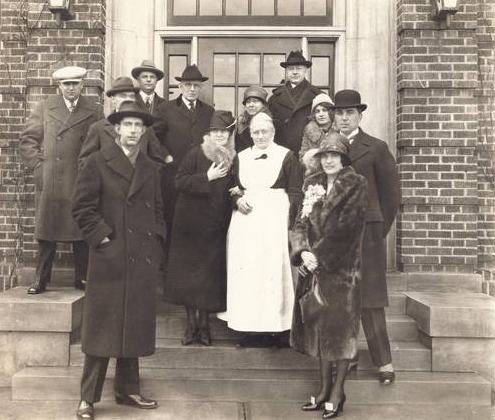
The Immanuel Deaconess campus kept expanding this entire time. By 1935, they operated:
- Immanuel Deaconess Institute, opened in 1890.
- Immanuel Hospital, opened in 1891.
- Immanuel Children’s Home, opened in 1901.
- Bethlehem Children’s Home, opened in 1920.
- Nazareth Home for the Aged Invalid
- Immanuel School of Nursing
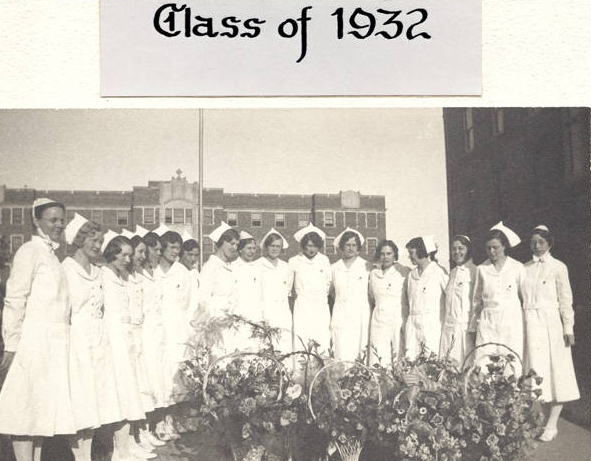
The Immanuel Nursing School was a part of the Immanuel Deaconess Institute from the beginning. In 1954, the last major addition to North Omaha’s Immanuel campus was a new building for the school, which was located at North 36th & Larimore.
1937: Third Major Expansion
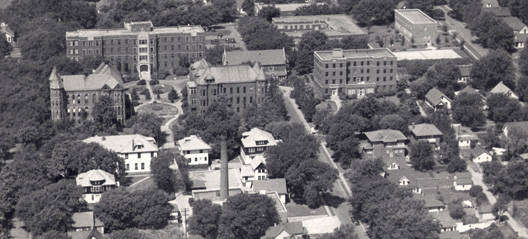
Toward the end of the Great Depression, the hospital expanded again. North Omaha began an influx of new construction and development that expanded the population greatly into the 1950s, especially in the region west of the hospital’s location. This portended the end of the campus, but that took 30 years more to come.
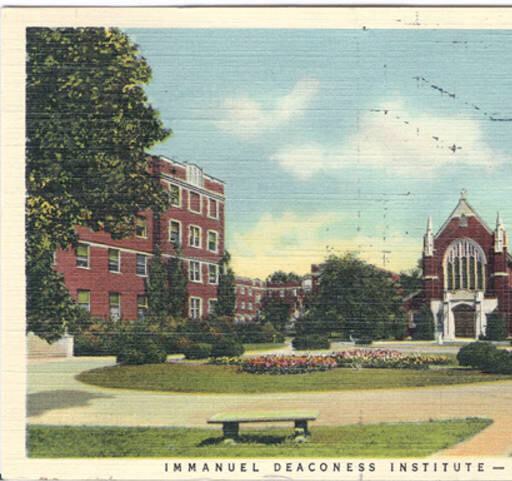
Since the Institute’s opening, the neighborhoods immediately surrounding had filled in completely. These included Monmouth Park, Collier Place and Central Park. Ames Avenue benefited from a streetcar shooting to 42nd and Grand Avenue, and commercial development lined that major street up to the hospital campus and beyond. Omaha North High School was built across Ames from the hospital, and Fontenelle Park became a popular recreation space for baseballers, golfers and strollers, among others.
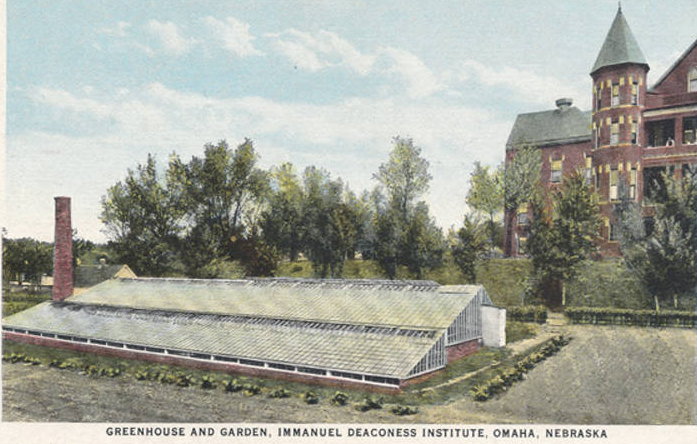
Also during the 1930s, the hospital built a more permanent greenhouse. It was part of the hospital’s longstanding goal of achieving patient health through holistic approaches to the body, which also included Swedish massage and mental health activities. The produce from the greenhouse was used to supplement the hospital’s menu throughout the year, with excess offered to the nurses and hospital staff.
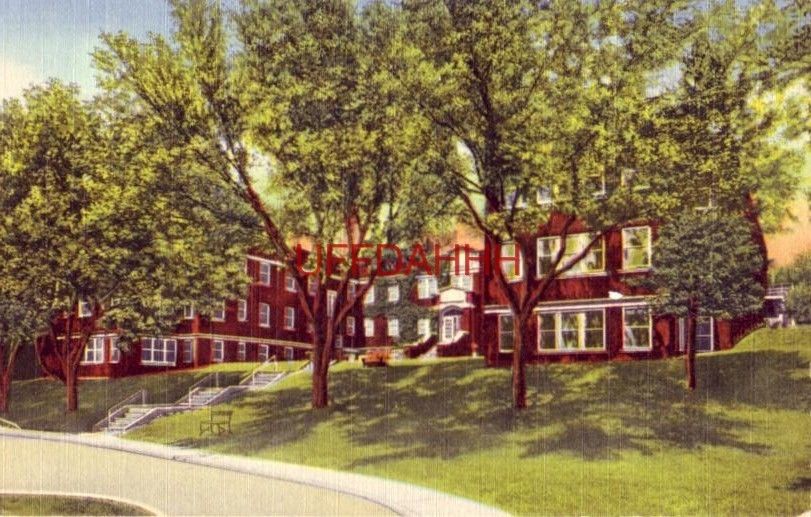
Originally called the Nazareth Home for the Aged Invalid when it was opened in 1891, by 1937 the facility was called the Immanuel Home for the Aged. Offering state-of-the-art care for the elderly, it was both a recuperation center and an end-of-life facility.
The Immanuel School of Nursing had a new building constructed in 1944. A smaller building designed in the modern style, it is a brick building with sharp lines and minimal decoration that looked distinctly different from every other building on the campus. Featuring long, narrow hallways the building had mid- and large-sized classrooms ideal for nursing classes.
1950s: Forth Major Expansion
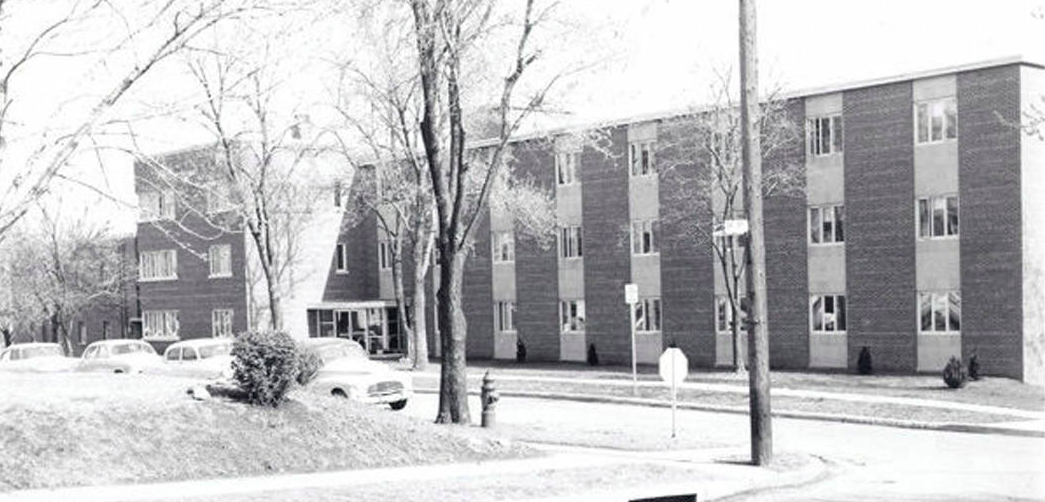
During the 1950s there was a period of growth and reconstruction, and a six-story hospital wing doubled the size of the hospital. Several other updates were made to the facility, including the addition of new technology developed during and after World War II, including machinery in the operating room and treatment facilities, as well as in the senior living facility.
In 1954, the Immanuel Deaconess Institute added onto the Nursing School with dormitories. There were three floors on the new section, more than doubling the overall capacity of the building. New nurses flurried across the campus and beyond, successfully staffing a new generation of healthcare facilities throughout Nebraska and beyond.
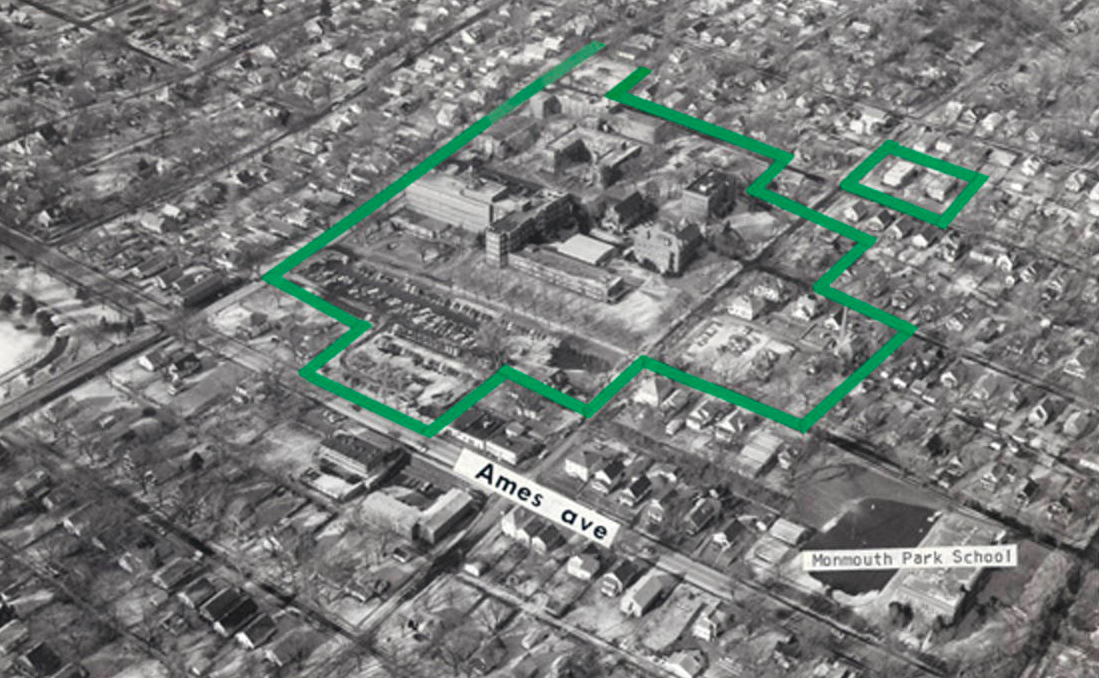
However, the growth came to an end soon afterwards.
1974: Immanuel Transforms
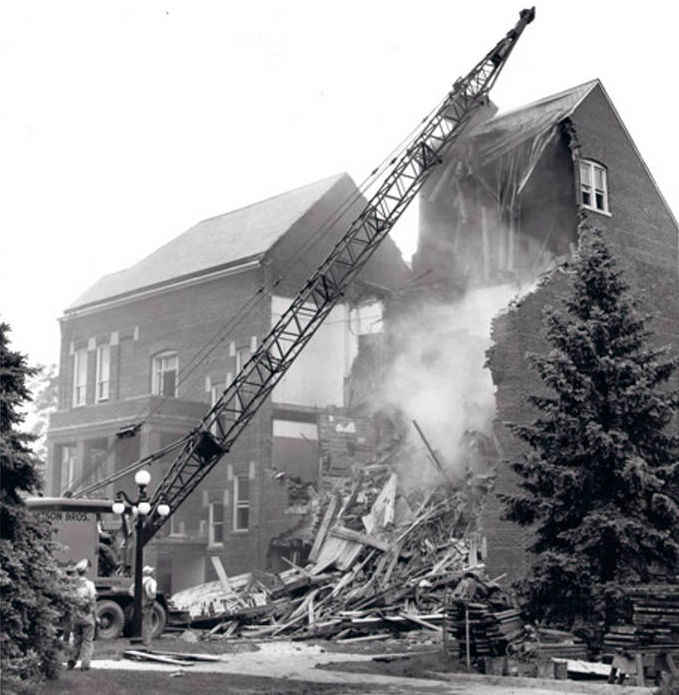
Originally portrayed as the initial steps of redeveloping the campus, the original hospital at the Immanuel Deaconess Institute was demolished in 1961. It had served as the administration building before that.
However, it soon became clear that planning for the current Immanuel Medical Center began in the early 1960s. In the face of healthcare reform happening in that decade, hospital leaders believed it was apparent that, in order to meet its commitments, the institution would have to expand. Wind-down plans for the facilities at 34th and Meredith were made in the early 1960s, and the present 166-acre site at 72nd and Sorensen Parkway was purchased in 1966.
When it closed permanently in 1974, the campus included 60 lots on five blocks with more than 17 buildings. The buildings located on the campus when it was closed were:
- Immanuel Deaconess Home
- Immanuel Deaconess Institute
- Immanuel Hospital
- Immanuel Chapel
- Immanuel Home for the Aged
- Alfred Bloom Hall
- Immanuel School of Nursing and Nurses Home
The laundry building, heating plant, original children’s home and the original home for the aged and invalid, as well as several dormitory-style apartment buildings were located nearby, too, as well as a few homes built for institution leaders.
What’s Left
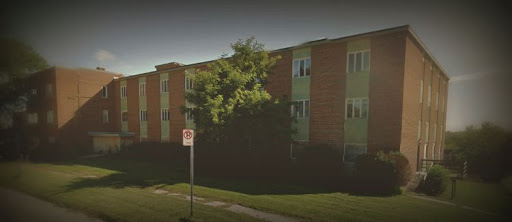
The new Immanuel Medical Center near North 72nd and Sorenson Parkeway opened on June 29, 1974. Recognizing the benefits of alliances in healthcare, Bergan Mercy Health System and Immanuel Medical Center came together to form Alegent Health in June 1996. In 2012, Catholic Health Initiatives (CHI Health) assumed control of the Immanuel Medical Center to form an institution that controls 15 acute care hospitals, four behavioral health facilities, two specialty hospitals, over 120 clinics, and multiple health services across the Nebraska and Iowa region.
New Listing on the National Register
In 2017, the last surviving major building of North Omaha’s Immanuel Deaconess Institute was listed on the National Register of Historic Places. It served as an alcohol and drug treatment center for more than 40 years called the NOVA (New Options Values and Achievements) Therapeutic Community Partial Care. Located at 3482 Larimore Avenue, the building was abandoned in 2009. Recent plans have included restoring it for use as a senior living center, but nothing has come to fruition yet.
Much of this legacy began in North Omaha. The hyperlocal healthcare provided by this institution is long gone now, with all of the land redeveloped and gone. Immanuel lives on in North Omaha history though, and this has been a little of its history.
You Might Like…
- Hospitals and Healthcare in North Omaha
- A History of North Omaha’s Monmouth Park Neighborhood
- A History of North Omaha’s Collier Place Neighborhood
- A History of Omaha North High School
Elsewhere Online
- History of Immanuel official webpage
- ELCA Archive pictures from the Immanuel Deaconess Institute
- Nebraska Memories collection by the State of Nebraska
- Immanuel Nursing Home and School of Nursing National Register of Historic Places Nomination from 2017
BONUS PICS!
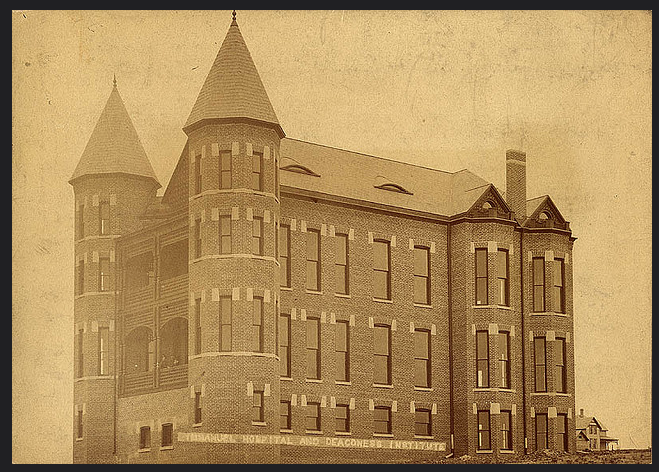
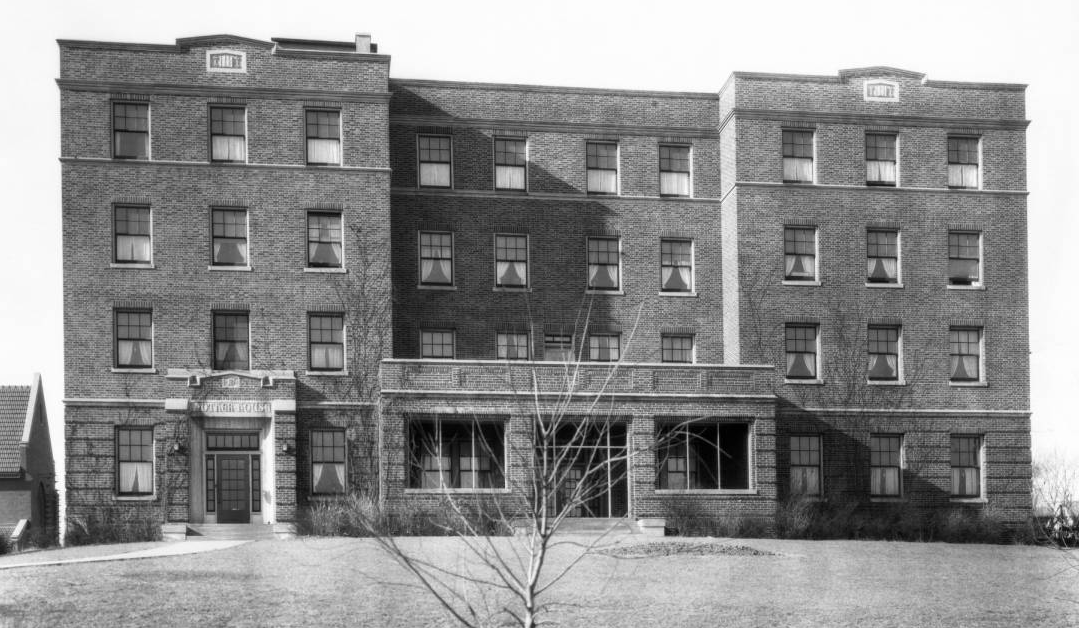
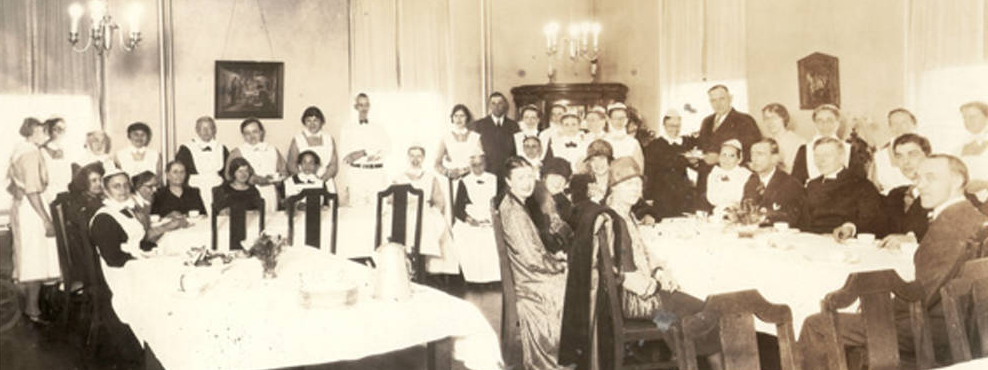

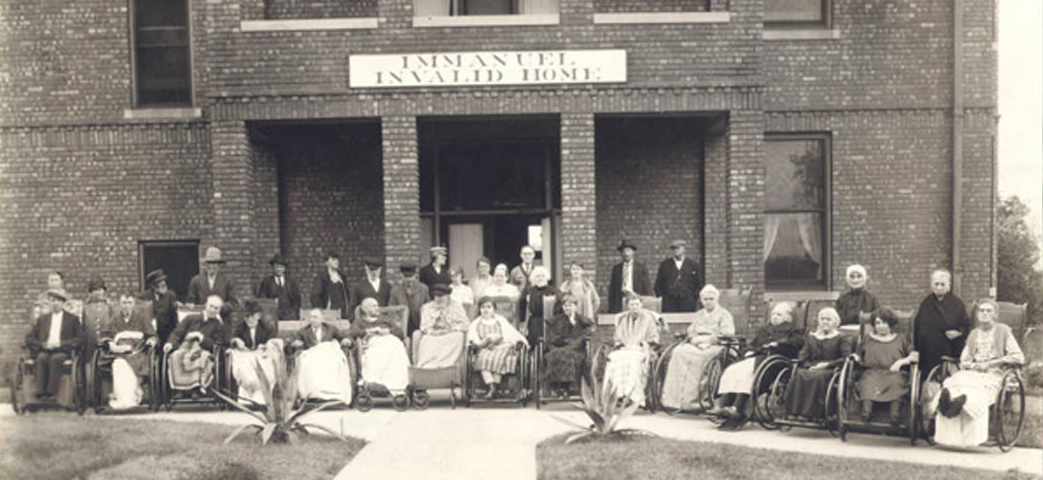
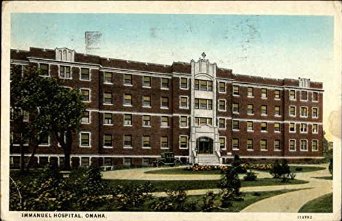
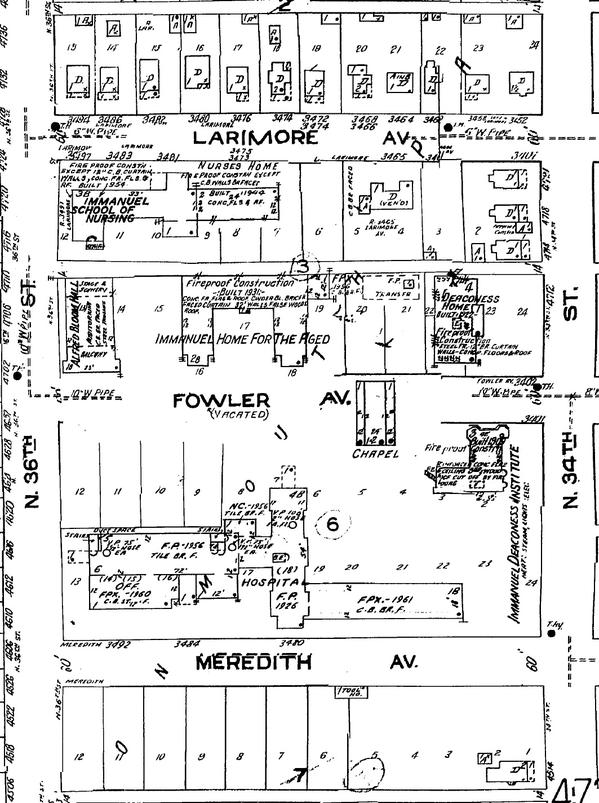
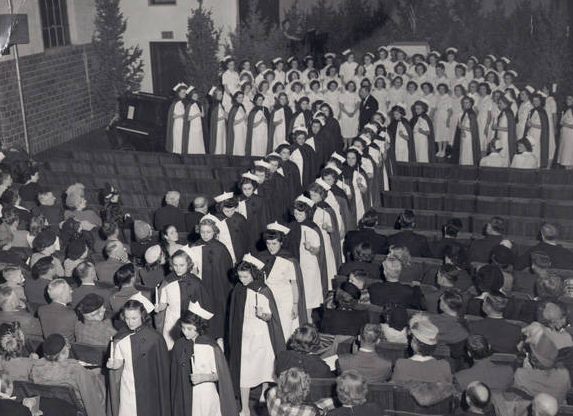
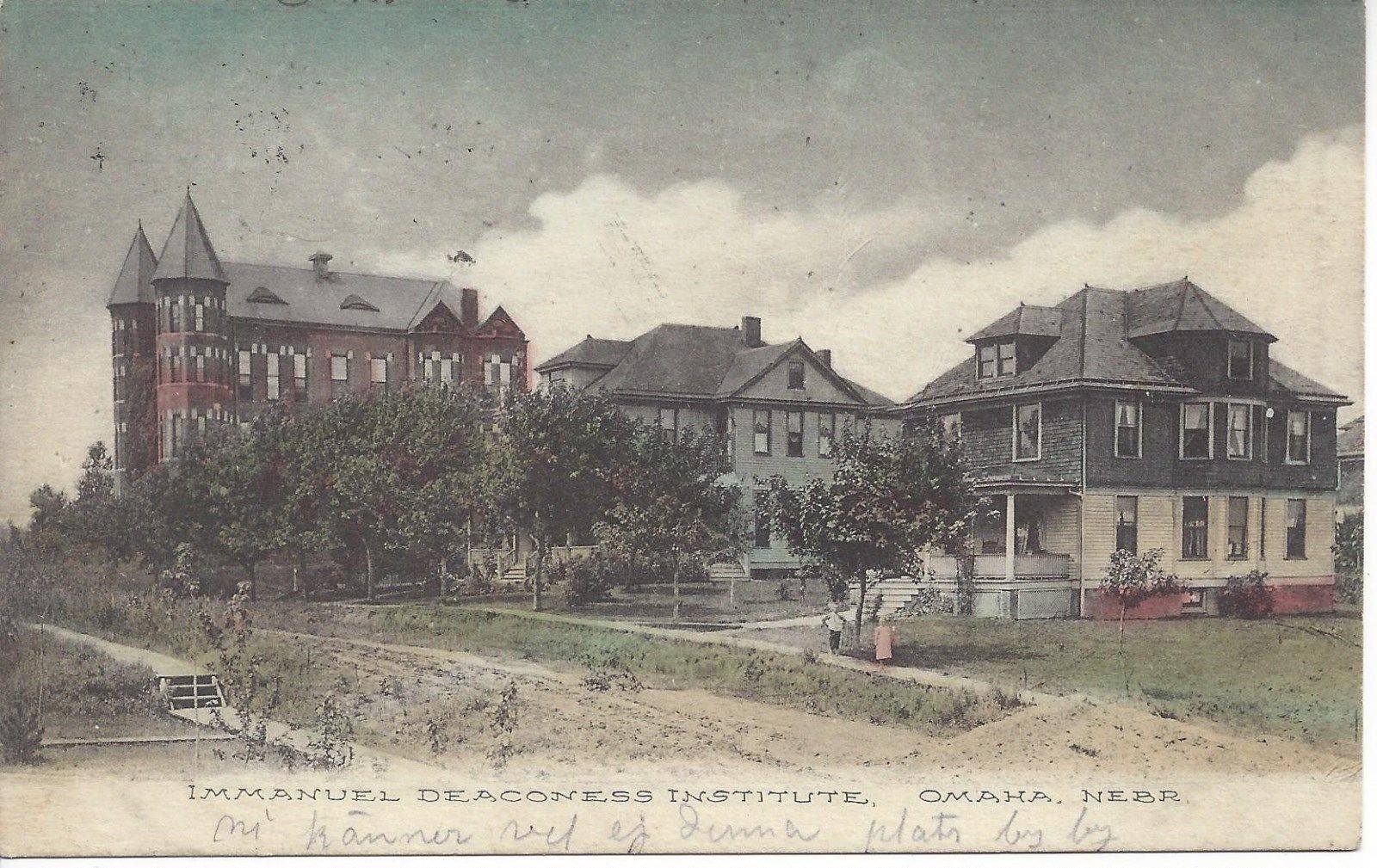

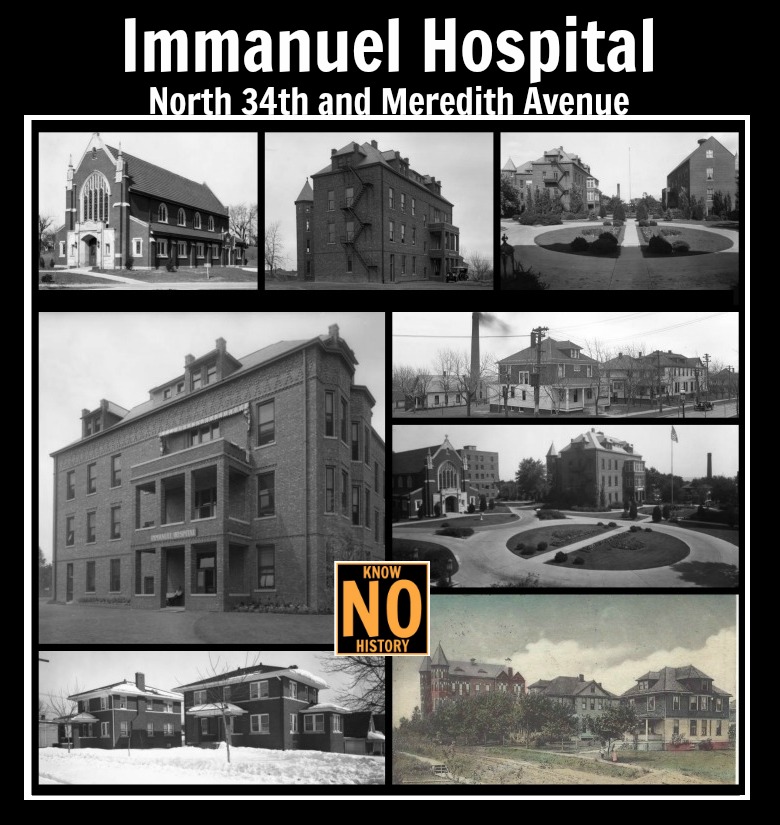
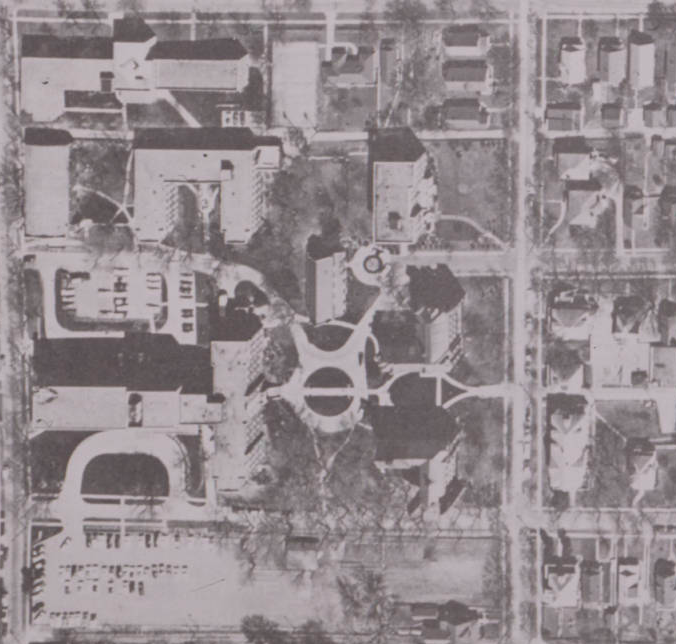
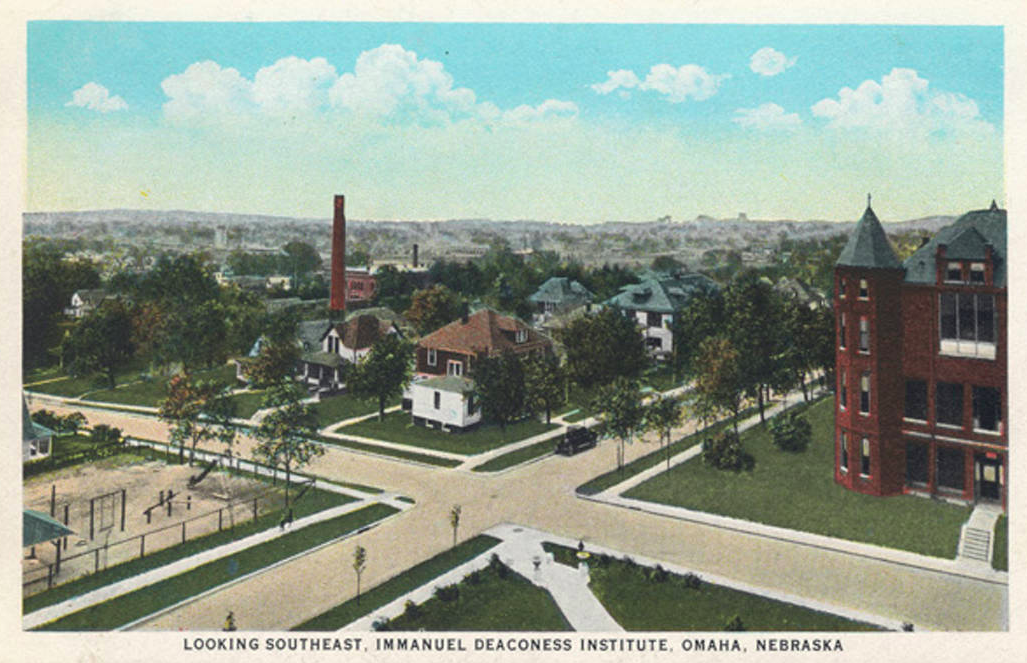
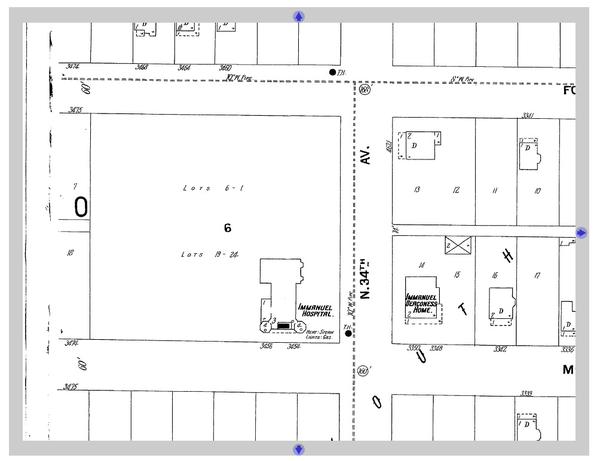


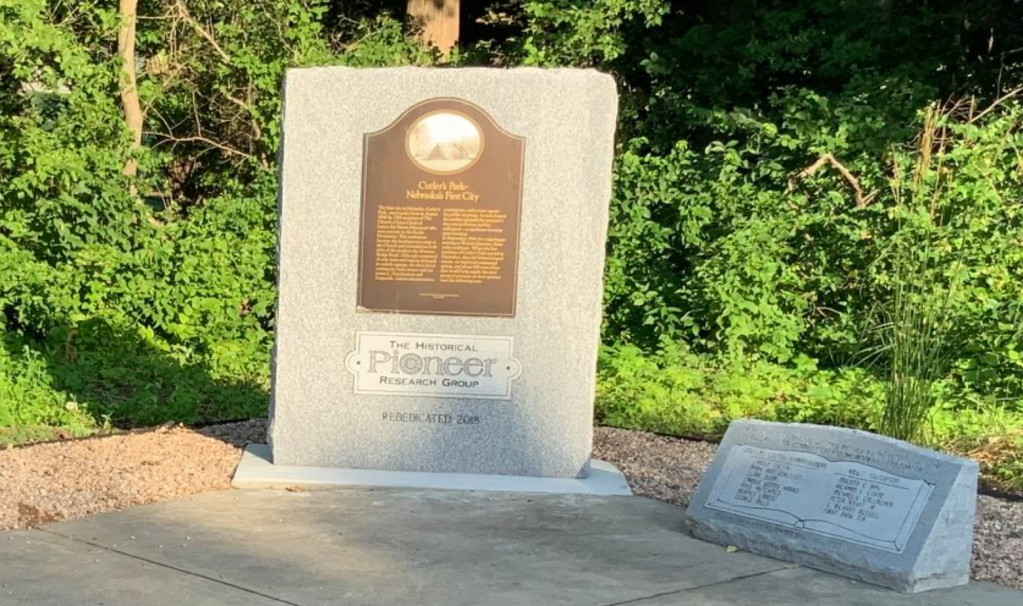
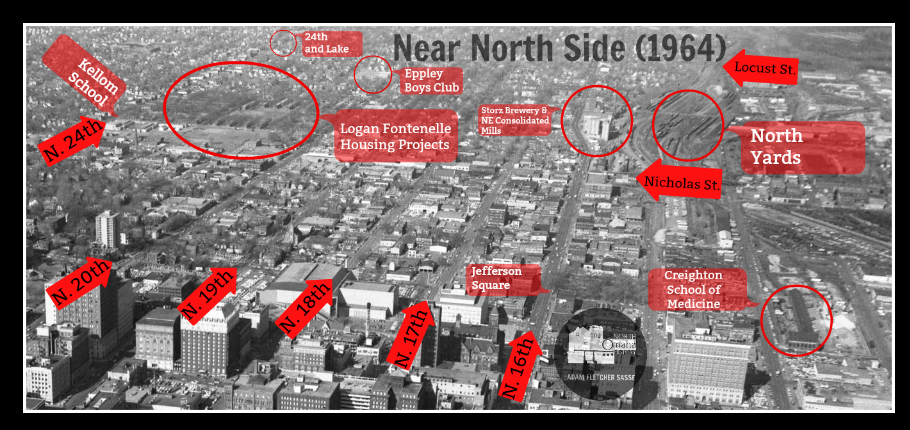

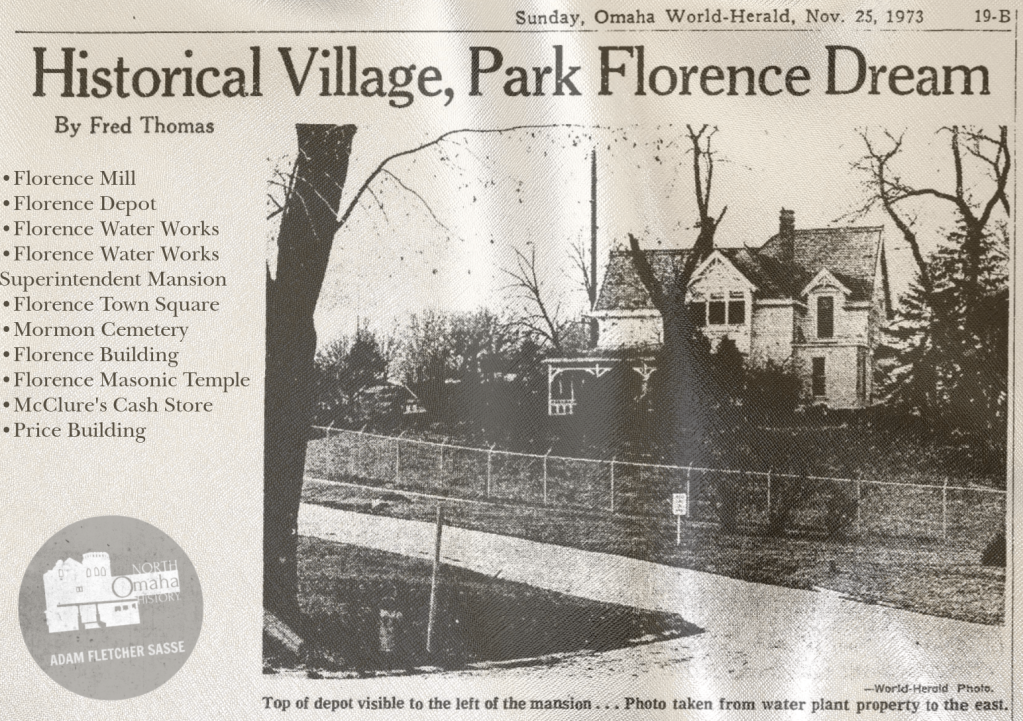
Leave a comment